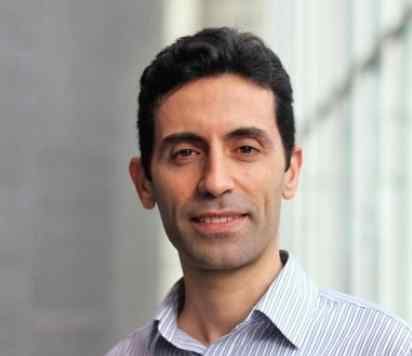BibTex format
@article{Yu:2022:10.3389/fbioe.2022.860435,
author = {Yu, X and Halldin, P and Ghajari, M},
doi = {10.3389/fbioe.2022.860435},
journal = {Frontiers in Bioengineering and Biotechnology},
pages = {1--14},
title = {Oblique impact responses of Hybrid III and a new headform with more biofidelic coefficient of friction and moments of inertia},
url = {http://dx.doi.org/10.3389/fbioe.2022.860435},
volume = {10},
year = {2022}
}
